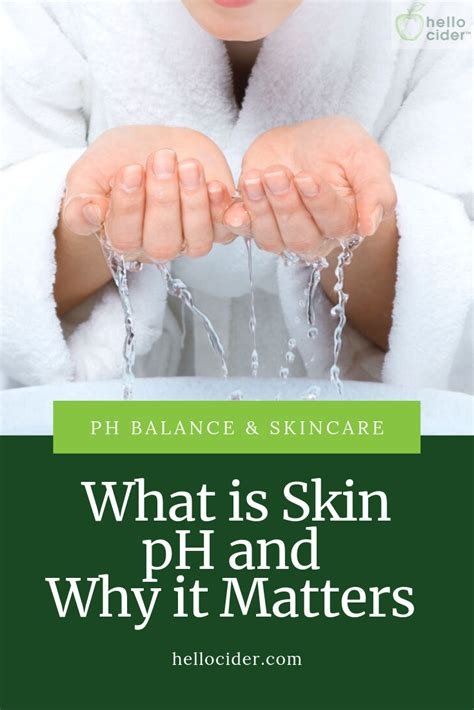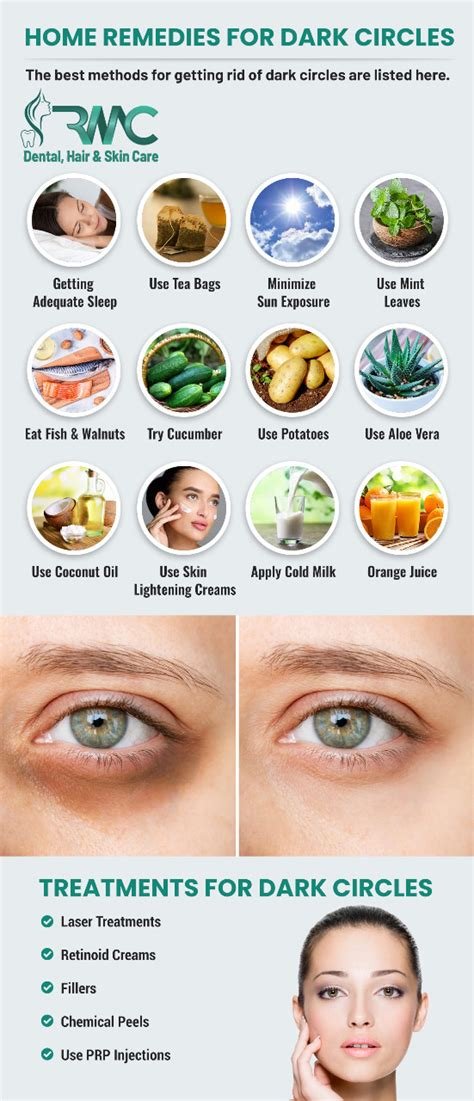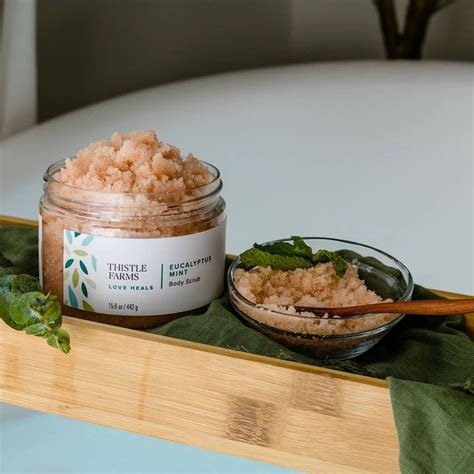In this blog post, How to Balance Your Skin’s pH Naturally for a Clear Complexion, readers will explore the significance of maintaining the skin’s pH levels for optimal health. The article delves into key elements that influence pH, ways to test it at home, and natural ingredients that can help restore balance. Additionally, it debunks common myths surrounding skin pH and examines how diet and hydration impact this balance. To help readers sustain an ideal pH, practical tips are provided, along with signs indicating if the skin may be too acidic or alkaline. Ultimately, the post emphasizes the importance of pH balance in achieving a clear complexion, offering readers valuable insights on how to nurture their skin naturally.
Understanding The Importance Of pH Balance For Skin Health
A well-balanced skin pH is crucial for achieving and maintaining a clear complexion. When the skin’s pH is in harmony, it functions optimally, protecting against environmental damage and preventing skin issues such as acne, dryness, and irritation. Understanding how to maintain this balance can lead to improved skin health and overall wellness.
Interestingly, the skin’s natural pH usually hovers around 5.5, which is slightly acidic. This natural acidity helps to ward off harmful bacteria and support the growth of beneficial microorganisms. It also contributes to the skin’s barrier function, preventing moisture loss and ensuring that the skin remains hydrated and plump. If pH levels are disrupted, it can lead to several skin complications.
Key Benefits Of Achieving Skin pH Balance
- Reduces skin irritation and redness.
- Promotes a healthy skin barrier.
- Prevents acne and blemishes.
- Improves overall skin texture and tone.
- Enhances moisture retention.
- Facilitates faster healing of skin conditions.
- Allows better absorption of skincare products.
Maintaining pH balance is not just about avoiding chemical-laden products; it encompasses a holistic approach to skincare. A diet rich in fruits, vegetables, and healthy fats can substantially impact your skin’s pH levels. Additionally, drinking enough water and staying hydrated is vital in facilitating the skin’s natural processes that keep it balanced. By incorporating natural ingredients and mindful skincare routines, anyone can learn how to support their skin’s health effectively.
Prioritizing pH balance is key to achieving vibrant, healthy skin. Understanding its importance is the first step toward a clear complexion.
In conclusion, understanding the significance of pH balance is essential for anyone looking to enhance their skin health. As you dive deeper into the topic, keep in mind the practices and natural remedies that contribute to this balance. Your skin will thank you as you implement these changes and embrace a more nourishing skincare routine.
Key Factors That Affect Your Skin’s pH Levels
Understanding the how to balance your skin’s pH levels requires recognizing the factors that can disrupt this delicate equilibrium. A healthy skin pH typically ranges from 4.5 to 5.5, which is slightly acidic. When your skin’s pH becomes unbalanced, it can lead to issues such as dryness, irritation, and acne. Identifying these key factors is essential in maintaining your skin’s health and achieving a clear complexion.
Several elements can influence the pH levels of your skin. External factors like environmental stressors can strip the skin of its natural oils, leading to an alkaline shift. Additionally, the type of skincare products you use can have a significant impact. Harsh soaps and chemically laden products often raise skin pH, while gentler formulations can help restore acidity. Moreover, lifestyle choices such as diet and hydration play crucial roles in determining skin pH.
- Common Factors Influencing pH Levels
- Environmental pollutants
- Harsh skincare products
- Dietary choices (sugar, processed foods)
- Hydration levels
- Sun exposure
- Stress and hormonal fluctuations
To effectively address pH balance, it is important to consider all these factors holistically. For instance, adjusting your diet to incorporate more alkaline-forming foods while ensuring adequate hydration can significantly enhance your skin’s health. Furthermore, opting for products that maintain or promote an ideal pH can provide long-lasting benefits. Regular monitoring and adjustments can help you maintain your skin’s pH balance, thus promoting a healthier, clearer complexion.
How To Test Your Skin’s pH Level At Home Easily
Understanding how to test your skin’s pH level at home is essential for maintaining a healthy complexion. pH levels can vary depending on external factors such as environmental conditions and the skincare products you use. By testing your skin’s pH, you can determine whether it is too acidic or alkaline, which can directly impact your skin’s health and appearance.
To effectively test your skin’s pH level, it is important to follow a systematic approach. This will not only ensure accuracy but also allow you to make informed adjustments to your skincare routine. Here is a useful list to guide you through the process:
Steps To Test Your Skin’s pH
- Gather necessary supplies: pH test strips or pH meter, distilled water, and cotton pads.
- Clean your face gently with a mild cleanser to remove any makeup or skincare products.
- Pat your skin dry with a clean towel, ensuring no residue is left on the surface.
- Moisten a cotton pad with distilled water and apply it to the area you want to test.
- Place the pH test strip on the same area of your skin for a few seconds.
- Compare the color change on the test strip to the pH scale provided with your test kit.
- Document your results for future reference to analyze the trends over time.
Once you have your skin’s pH level assessed, you can take steps to address any imbalances. A skin that’s too acidic may benefit from products that are mildly alkaline, while skin that is too alkaline may require more acidic solutions. Understanding how to interpret your results will empower you to make more informed decisions regarding your skincare regimen.
Ensuring your skin’s pH is within the optimal range can lead to enhanced skin health and vibrancy. Regular testing allows you to track changes that might occur due to alternating skincare routines or environmental factors. It’s worth noting that maintaining a balanced pH is crucial for your skin’s overall appearance and can help prevent conditions such as acne and dermatitis.
Natural Ingredients For Balancing Your Skin’s pH
When exploring how to balance your skin’s pH naturally, it’s essential to consider the power of natural ingredients. Maintaining an optimal pH level is crucial for achieving a healthy and radiant complexion. Natural ingredients not only help restore your skin’s balance but also provide nourishment without harmful chemicals. Let’s delve into some of the best natural options available for your skincare routine.
Top Natural Ingredients
- Aloe Vera – Known for its soothing properties, aloe vera helps to retain moisture and balance pH levels.
- Apple Cider Vinegar – This potent vinegar acts as a natural toner, effectively restoring the skin’s acidity.
- Green Tea – Rich in antioxidants, green tea helps to calm inflammation and maintain skin health.
- Coconut Oil – With its antimicrobial properties, coconut oil balances skin pH while providing hydration.
- Honey – A natural humectant, honey keeps the skin moisturized and supports a healthy pH level.
- Yogurt – Packed with probiotics, yogurt can help balance skin pH and promote a clear complexion.
- Rose Water – Known for its calming effects, rose water helps to maintain skin balance and refreshes the complexion.
Incorporating these ingredients into your skincare routine can significantly improve your skin’s pH balance. Understanding the specific benefits of each ingredient is essential for achieving desirable results.
Herbal Remedies
Herbal remedies have long been used in skincare for their natural balancing properties. Ingredients such as chamomile, witch hazel, and calendula possess anti-inflammatory and soothing effects, making them excellent choices for maintaining skin pH. Utilizing these herbs in your skincare regimen can provide gentle care and support, especially for sensitive skin types.
Essential Oils
Essential oils are a powerhouse of benefits when it comes to balancing your skin’s pH. Oils like tea tree, lavender, and geranium not only impart healing properties but also help to regulate sebum production, which is vital for maintaining harmony within your skin. By blending these oils with a carrier oil, you can create a natural remedy that enhances your skin’s health. Be sure to perform a patch test to ensure compatibility with your skin type.
Common Myths About Skin pH You Should Disregard
Many people are often misled by various myths surrounding skin pH, which can lead to misguided skincare choices. Understanding the truth behind these myths is essential for maintaining a healthy complexion. This section will clarify some common misconceptions and provide clarity on the relationship between skin pH and overall skin health.
Debunked Myths
- Myth 1: Skin pH is constant and does not change.
- Myth 2: All skin types have the same ideal pH level.
- Myth 3: Using soap is the best way to cleanse the skin.
- Myth 4: High acidity in skincare products is harmful.
- Myth 5: You must use expensive products to balance your skin’s pH.
- Myth 6: Drinking water does not affect skin pH.
- Myth 7: Exfoliation is unnecessary for pH balance.
These myths can impact how one perceives and interacts with their skincare regimen. For instance, the idea that skin pH is unchanging is inaccurate; environmental factors and product use can lead to fluctuations. It’s crucial to recognize that a balanced pH plays an indispensable role in maintaining skin’s natural barrier and overall health.
Moreover, misconceptions about the necessity of expensive products for maintaining balanced skin can deter many from accessing effective solutions. In reality, simple natural ingredients and proper hydration often yield the best results. Understanding these truths can empower individuals to make informed choices that enhance their skincare routines and promote a healthy complexion.
“Once you disregard these myths, you can focus on effective strategies to balance your skin’s pH naturally.”
In conclusion, acknowledging and understanding these common myths allows for more effective skincare practices. Now that we’ve debunked these misconceptions, it’s easier to focus on actionable steps to maintain balance in your skin’s pH, which is essential for achieving a clear complexion.
How Diet And Hydration Affect Your Skin’s pH Balance
The delicate balance of your skin’s pH can significantly influence its overall health and appearance. Diet and hydration play crucial roles in maintaining this balance, which is essential for a clear complexion. Foods and beverages that are either too acidic or too alkaline can disrupt the skin’s natural pH, leading to issues such as dryness, irritation, and acne. Understanding how to optimize your diet can help you achieve and maintain a healthy skin pH.
Hydration is directly linked to skin health. When your body is well-hydrated, your skin retains moisture better, which helps maintain its pH balance. Conversely, dehydration can lead to skin that is more acidic, which can exacerbate conditions like eczema or acne. Therefore, ensuring sufficient fluid intake throughout the day is a cornerstone of how to manage your skin’s pH levels effectively.
Food And Drinks That Influence Skin pH:
- Leafy greens – such as spinach and kale, promote alkalinity.
- Citrus fruits – like oranges and lemons, although acidic in nature, may have an alkalizing effect on the body.
- Nuts and seeds – provide healthy fats and nutrients that support skin health.
- Fermented foods – such as yogurt and kimchi help in promoting gut health, which can reflect on skin pH.
- Herbal teas – offer hydration while being more neutral or mildly alkaline.
- Processed sugars – can lead to inflammation and an acidic environment for your skin.
- Alcohol – may dehydrate your body, impacting your skin’s moisture and pH balance.
To sum up, it is essential to recognize that a balanced diet paired with adequate hydration forms the foundation of your skin’s health. Being mindful of what you consume can greatly affect your skin’s pH levels. If you’re unsure where to begin, consider tracking your food and drink intake and observing how different items affect your complexion. Remember, reinforcing a routine that prioritizes both diet and hydration is a significant step in how to maintain your skin’s ideal pH balance.
Practical Tips To Maintain Your Skin’s pH Balance
To achieve optimal skin health, understanding how to maintain your skin’s pH balance is crucial. The skin’s pH level generally lies between 4.5 and 5.5, which is slightly acidic. Maintaining this balance is essential for protecting against harmful bacteria and preserving moisture. Simple lifestyle changes can enhance your skin’s resilience and clarity.
One effective approach is to evaluate your daily skincare regimen. Instead of using products laden with harsh chemicals, consider switching to pH-balanced products that respect your skin’s natural barrier. These products help to regulate the skin’s acidity while promoting a healthy complexion.
Healthy skin thrives in a balanced environment!
Additionally, your diet and hydration play significant roles in your skin’s pH levels. Consuming a balanced diet rich in fresh fruits, vegetables, and healthy fats can support skin health. Regular hydration is equally important, as it helps maintain skin elasticity and moisture levels.
Steps To Maintain pH Balance:
- Use gentle, pH-balanced cleansers.
- Incorporate probiotics in your diet.
- Limit unnecessary exfoliation.
- Stay hydrated by drinking plenty of water.
- Use toner with natural ingredients.
- Avoid products with high alcohol content.
- Be mindful of your dietary choices.
By making these practical adjustments to your skincare routine and lifestyle, you can easily learn how to maintain a balanced pH level, resulting in healthier, clearer skin. Stay consistent with your efforts, and over time, you’ll notice significant improvements in your complexion.
Signs Your Skin Is Overly Acidic Or Alkaline
Maintaining an optimal pH balance is crucial for achieving a clear complexion. When your skin becomes overly acidic or alkaline, it can lead to various complex skin issues. How to identify these signs is essential in locating the root cause of your skin troubles. Recognizing the symptoms early can pave the way for corrective measures that restore your skin’s natural balance.
Skin that is too acidic often presents physical signs that are hard to overlook. You may notice redness, irritation, and an increase in breakouts. Conversely, if your skin is excessively alkaline, it can lead to dryness, flakiness, and premature aging. To effectively address any pH imbalance, it’s vital to grasp the signs to take timely action. Awareness of these symptoms is the first step in your journey towards healthier skin.
- Symptoms Of Skin pH Imbalance
- Excessive dryness or flakiness
- Frequent breakouts or acne
- Persistent redness or irritation
- Increased sensitivity to products
- Dull or uneven skin tone
- Signs of premature aging
In addition to the physical symptoms mentioned, various factors contribute to the pH of your skin. Understanding these can help you assess your skin condition more accurately. Changes in diet, environment, and the skincare products you use all play a role in shifting your skin’s pH balance. Keep an eye on these factors as you take steps to identify whether your skin is leaning towards acidity or alkalinity.
Being aware of the signs your skin displays is crucial for maintaining a healthy pH balance that can lead to a clear and vibrant complexion.
Knowing how to react to these signs can significantly improve your skincare routine. Regularly monitor your skin’s condition and adjust your habits accordingly. Using products that are pH-balanced and incorporating natural ingredients can aid in maintaining your skin’s ideal hydrogen ion concentration. Incorporating hydration and a balanced diet also enhances your body’s ability to regulate pH levels naturally.
Final Thoughts On Achieving A Clear Complexion With Balanced pH
Achieving a clear complexion is a multifaceted journey that requires attention to your skin’s pH levels. Understanding how to balance your skin’s pH effectively is essential for maintaining health and vibrancy. By addressing the factors that affect your skin’s pH and utilizing natural remedies, you can significantly enhance the overall appearance of your complexion. Remember, a balanced pH not only keeps your skin radiant but also minimizes issues such as breakouts and irritation.
Incorporating a skincare routine that respects your skin’s natural pH is crucial. Products that are too alkaline or acidic can disrupt your skin’s protective barrier, leading to discomfort and compromised health. How to choose the right products involves understanding your skin type and opting for those formulated to restore and maintain balance. Always prioritize gentle cleansers and natural exfoliators to support your skin’s pH without over-drying or irritating it.
Actionable Takeaways For Better Skin:
- Use pH-balanced skincare products.
- Incorporate natural sources of hydration, like aloe vera.
- Regularly exfoliate with gentle methods to avoid buildup.
- Maintain a balanced diet rich in fruits and vegetables.
- Stay hydrated with water to support skin function.
- Avoid over-washing your face to preserve natural oils.
Ultimately, achieving and maintaining a clear complexion is about consistent habits that promote a balanced state. Through the smart selection of products, combined with a healthy lifestyle, you can achieve the glow you desire. Remember to regularly assess your skin’s response and adjust your routine as needed, ensuring you stay in tune with its needs as you learn more about how to keep your skin balanced and radiant.









